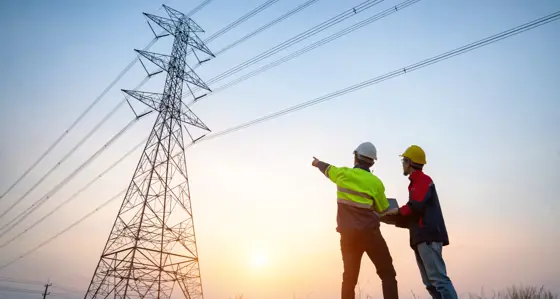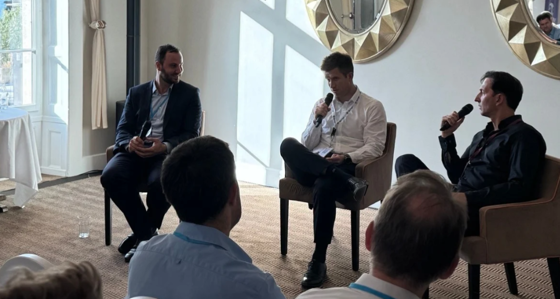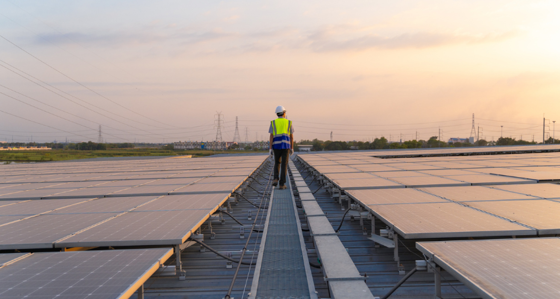
Mapping a path to a fair and functional digital energy system with Energy Innovation NL
How Baringa created a reference architecture for the Dutch energy sector
15 March 2022
Across the globe, people are coming up with new ways to power our world. New ways to generate energy, to channel it, to use it flexibly and efficiently. But with digital energy innovations cropping up so fast and so far apart, they’re at risk of outrunning the system they’re designed to help.
As the body that supports innovation in the Dutch energy sector, Energy Innovation NL knew that without shared language and standards, the sector could end up fractured, muddled, and opaque.
One potential solution was a reference architecture – a set of guiding principles and definitions that give different organisations in the same industry a common framework for building and running their operations. The question was: could it work for Dutch energy? It was our job to find out.
Baringa charted the challenge, and shaped a solution
We tackled the task of creating a reference architecture for the Dutch energy sector in three stages, and sourced a sounding board of industry experts to guide, check, and validate our thinking throughout.
First, we looked to the present to predict the future. We scoured our sources to find 450 energy sector innovations, which we whittled down to the 25 most impactful. This helped us find focus-points for a reference architecture: where change would occur, where systemic gaps would appear, and how soon all of it was likely to happen.
Next, we analysed the reference architectures that were already out there. We looked within the world of energy, to see what we could build on; and outside the sector, to understand what makes a reference architecture sink or swim.
Finally, we charted a course, setting out the nine recommendations and 45 steps that would get Energy Innovation NL to a genuinely useful reference architecture for the Dutch energy sector. One that would be taken on – but just as crucially – taken over by the sector it serves.
We set the ball rolling on a future-fit energy system
Armed with Baringa’s robust roadmap, Energy Innovation NL is now actively looking into creating the first reference architecture for the Dutch energy sector. This will pave the way to a fair and sustainable digital energy system – with a level playing and clear rules. So that everyone, whether they’re supplying the power or using it, can reap the rewards of energy innovation.
Hear from two of the project’s key players on what the report revealed
Related Case Studies

Navigating Germany’s inertia market evolution
Germany’s inertia market launches in 2026, opening opportunities for assets like BESS. Success depends on clearing prices, with early movers set to benefit.
Read more
AI revolution in energy and commodity trading
On June 25th, Baringa, Salesforce, and Terranoha welcomed industry leaders from commodity trading, and technology in Geneva for an insightful conversation on how AI is transforming the trading world.
Read more
What might a reformed GB national power market look like under REMA?
Discover how a reformed national market is likely to include significant changes to current market arrangements, with material impacts for market participants.
Read more
Delivering energy infrastructure at scale and pace
With global demand for infrastructure for the energy transition showing no signs of slowing down and the increasing productivity gap, organisations must embrace AI to enable greater speed, certainty and informed decision-making.
Read moreIs digital and AI delivering what your business needs?
Digital and AI can solve your toughest challenges and elevate your business performance. But success isn’t always straightforward. Where can you unlock opportunity? And what does it take to set the foundation for lasting success?